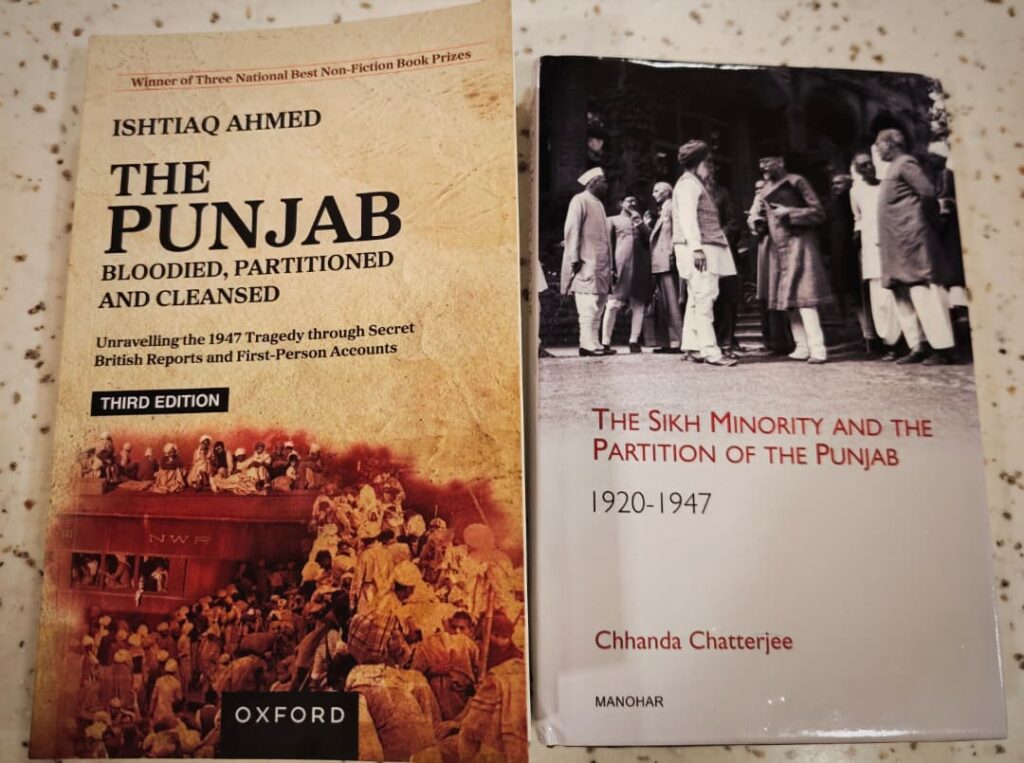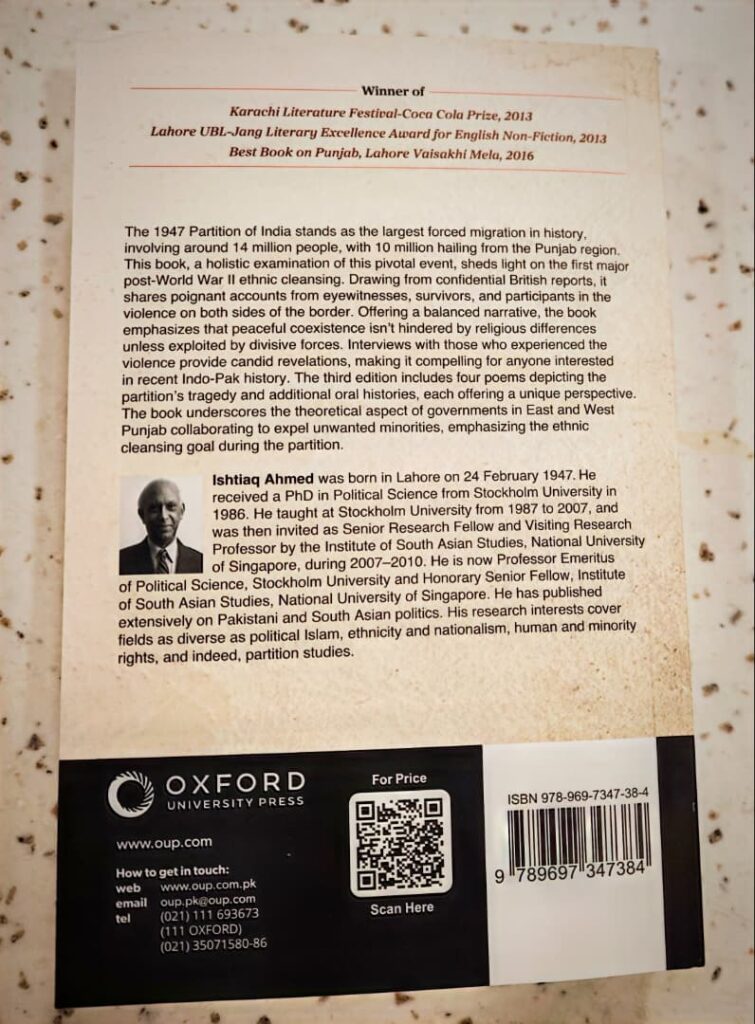
Two books shed some light on the questions I posed in Part 1.
I had asked why the British failed to accommodate the Sikhs by dividing Punjab into two.
Chhanda Chatterjee in The Sikh Minority and The Partition of the Punjab 1920-1947 (2019) suggests that the small number of Sikhs in Punjab was their undoing.
She said the 1881 Census placed the Sikhs at only 8.22 percent of Punjab’s population, as against 43.84 percent Hindus and 47.56 percent Muslims. (P 14).
She also states that the British loved the Sikhs for their warrior skills and their devotion to the British Raj, but no longer needed to rely on the Sikhs to keep possession of their colony, India, and thus abandoned the Sikhs. (P 25).

The Indian National Congress under Gandhi and Nehru also feared and took Jinnah more seriously than the Sikhs’ interests, as the Sikhs were considered loyal vassals of Congress (P 14).
There is some truth after all to this statement—
It is “better to be feared than loved, if you cannot be both.”
Found in The Prince, a 16th-century political treatise written by the Italian diplomat, philosopher, and political theorist Niccolò Machiavelli in the form of a realistic instruction guide for new princes.
